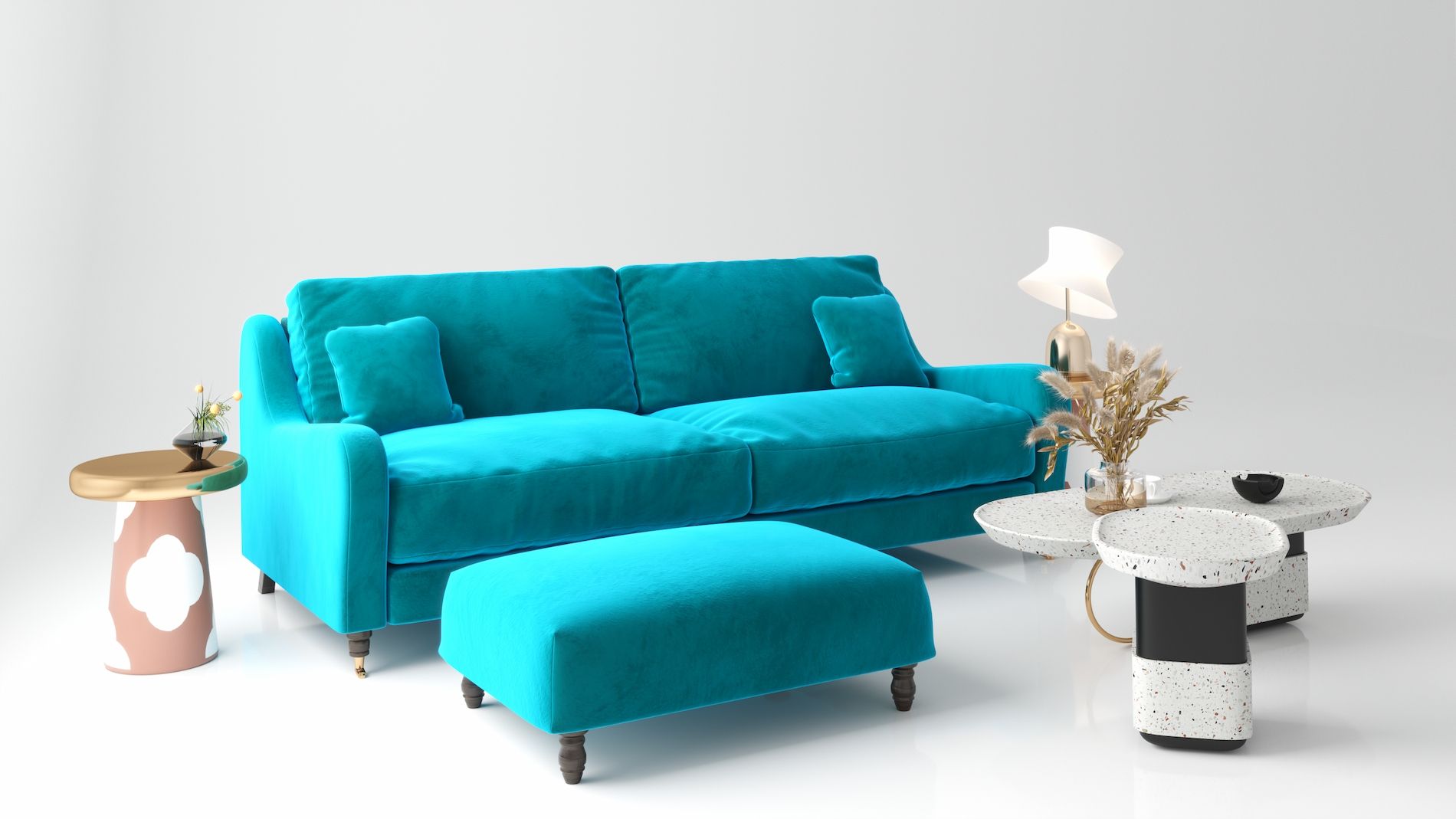business resources
Why Virtual Showrooms Are the Future of Furniture Retail
29 Oct 2025, 11:27 pm GMT
Since 2020, buying a new couch or dining set has almost moved entirely into a web browser. Showrooms are still around, yet most shoppers now expect screens to handle every step of the journey, and a growing number are nudging brands toward fully virtual HQs. Modern retailers rely on professional 3D furniture rendering services, stacking 3D visuals, AR previews, and on-the-fly customization widgets to let customers play designer before they reach for a credit card.
What started in a rush during lockdown has quietly settled in as the norm. People are still spending long hours online, and they want more than static photos; they crave engaging tools that let them imagine furniture in a real room. That’s why furniture visualization is on the rise.
Creating immersive shopping experiences
The primary appeal of a virtual furniture store is simple: it mimics the casual drift from sofa to lamp that used to fill Saturday afternoons at the mall. Fancy 3D modeling now lets visitors stroll through imagined spaces, pinch to inspect fabrics, pivot chairs with a flick of a wrist, and see everything at life-size proportions.
Those flashy bells and whistles serve a deeper purpose than instant gratification. When color swatches switch instantly and an AR overlay drops the loveseat into the living room, hesitation melts and confidence swells. The upshot is fewer post-delivery surprises and noticeably happier customers.
Powering that magic are customization interfaces that admit no cookie-cutter presets. Shoppers tweak sectional lengths, swap out wood stains, and watch the scene refresh in real time, so each piece feels as though it was drawn to fit their life. Flat product thumbnails could never deliver that kind of personal handshake.
Reducing returns and improving purchase confidence
Buying new furniture can feel risky because the pieces cost a fair chunk of change. Until someone measures corners and double-checks fabrics in person, doubt creeps in. With AR furniture, things get simpler.
Retailers who add those tools say people stop guessing and start clicking. Return paperwork shrinks, and the thank-you notes for a picture-perfect delivery pile up. A side effect no one predicted is the little rush shoppers feel when they tap a button and watch an imagined chair settle into place. That jolt of confidence pushes half-formed plans across the finish line.

Look at the online brands that opened virtual showrooms last season; sales soared, and average tickets climbed right alongside. Deep interaction with a product – zooming, turning, testing – gives buyers permission to spend more because the risk feels boxed up and shipped out in advance.
Cost-efficiency and scalability for retailers
Here are the key reasons why digital showrooms change the game:
- Slashing overhead costs like rent and maintenance.
- Scaling effortlessly to millions of users at once.
- Updating instantly with new stock and promotions.
- Integrating seamlessly with popular e-commerce platforms.
- Proving a consistent, immersive experience worldwide.
An online furniture showroom isn’t just a slick slide deck; you can flip through entire catalogs, seasonal highlights, or city-specific lines almost on a whim. Stock shifts with the moment – new models drop, colors blink into view, and flash sales light up the home page. For retailers in a hurry, that kind of on-demand agility turns 3D space into one of the sharpest sales weapons around.
Connection remains low-friction too. Put the viewer module onto a Shopify, Magento, or WooCommerce site and the immersive bells and whistles show up without forcing an all-nighter over fresh code.
Reach widens at the same pace. A shopper in Berlin or a designer in Bangkok can stroll the collection side by side, with the same crystal finish and responsive camera work on their screens.
Future potential with AI and personalization
The next trick is peeking over the horizon. Stack an intuitive virtual storefront on top of a lean AI engine and each visitor gets a runway tailored to their footsteps – rooms styled around click history, matching pieces ready to hover nearby, budgets respected without an argument.
Picture opening the tab and finding a finished on-screen living room set that could have been snapped from a private Pinterest board. That minor sci-fi moment is where personal algorithms meet shared 3D real estate.
Brands feel the upside first-hand, scoring sharper upsell campaigns, laser-focused ads, and customers who stick around for the sequel.
Conclusion
Marketers keep calling virtual showrooms a passing gimmick, but the data already whispers otherwise. Shoppers wander 3D spaces, enjoy 3D furniture models, drop a couch into a lifelike room, and leave the site feeling surprisingly secure in their choice.
A lifted preview in AR, a fast-pull e-commerce link, and a single tap that flips maybe into yes add up faster than anyone expects.
So the old chatter that real touch trumps every screen rings hollow now. Virtual retail has slid from backup plan to baseline. Tomorrow looks digital-first. Contact us: we can tell how to make your 3D showroom design really good.
Share this
Pallavi Singal
Editor
Pallavi Singal is the Vice President of Content at ztudium, where she leads innovative content strategies and oversees the development of high-impact editorial initiatives. With a strong background in digital media and a passion for storytelling, Pallavi plays a pivotal role in scaling the content operations for ztudium's platforms, including Businessabc, Citiesabc, and IntelligentHQ, Wisdomia.ai, MStores, and many others. Her expertise spans content creation, SEO, and digital marketing, driving engagement and growth across multiple channels. Pallavi's work is characterised by a keen insight into emerging trends in business, technologies like AI, blockchain, metaverse and others, and society, making her a trusted voice in the industry.
previous
6 Artistic Ways to Style With Custom Picture Frames
next
Top Online Business Niches and Strategies to Maximize Entrepreneurial Growth